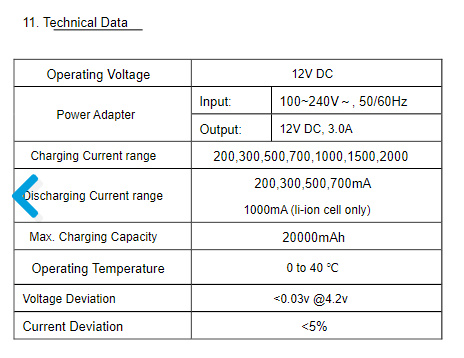RustyOldNail
SEARCH for the treasure...
I have one of these Nitecore Intellicharger i4 that I've had for years (at least 10 years or more), and it still works fine.
However, I'd like to upgrade to a newer charger with a screen, and one that has the battery revive function to run batteries through a number of up and down charges to revitalize batteries health.
Anyone have any suggestions? I'd like to keep at least four battery bays without having to downgrade to a model with only two bays.
Look at the Opus that Gordentreeman recommended in the post above yours, or the XTAR VC4SL mentioned a few times in this thread. I use a more expensive charger the SKYRC MC3000, but it’s interface may be too complicated for most. Bought on sale for $80.00.

SkyRC MC3000 Universal Battery Charger & Analyzer
The SkyRC MC3000 Universal Battery Charger & Analyzer is a universal smart charger with fully customizable options and support for over 9 different battery chemistries including Li-ion. NiMH, NiCd, NiZn, LiFePO4, LTO, RAM and more.. Charge, discharge, analyze battery performance via your smart...





